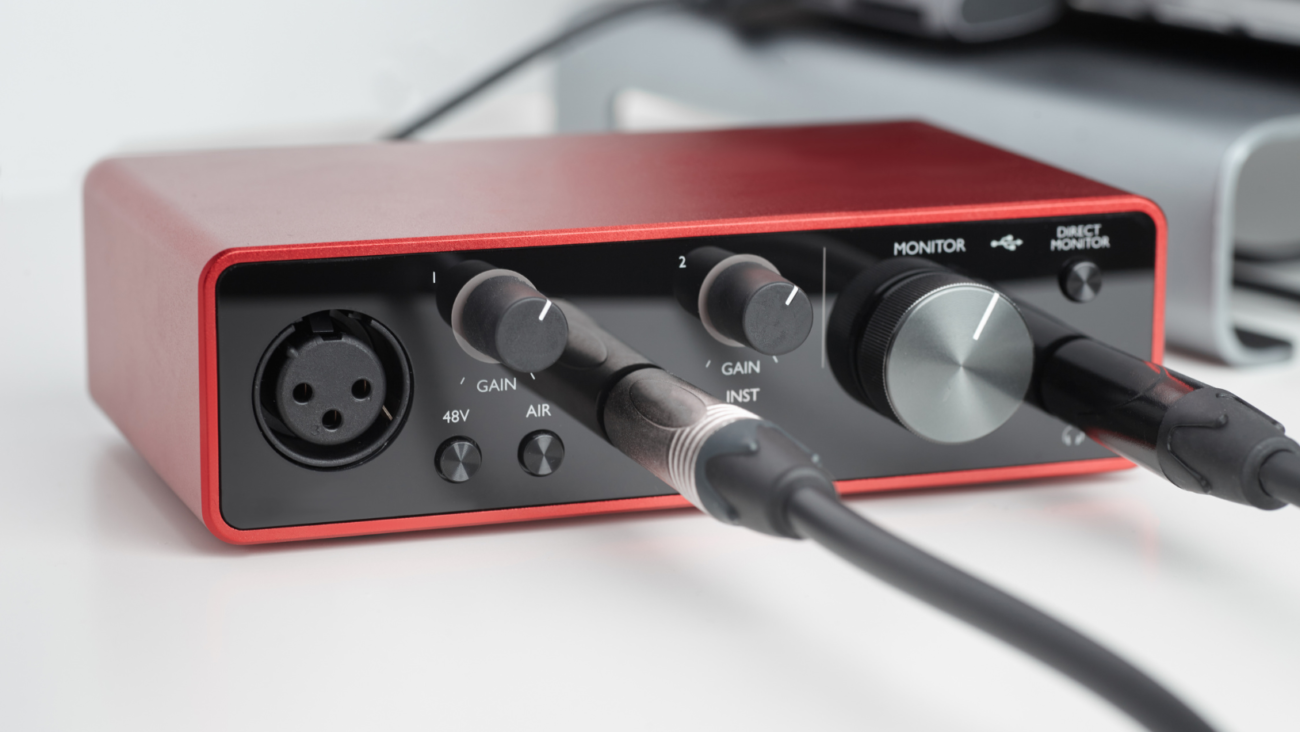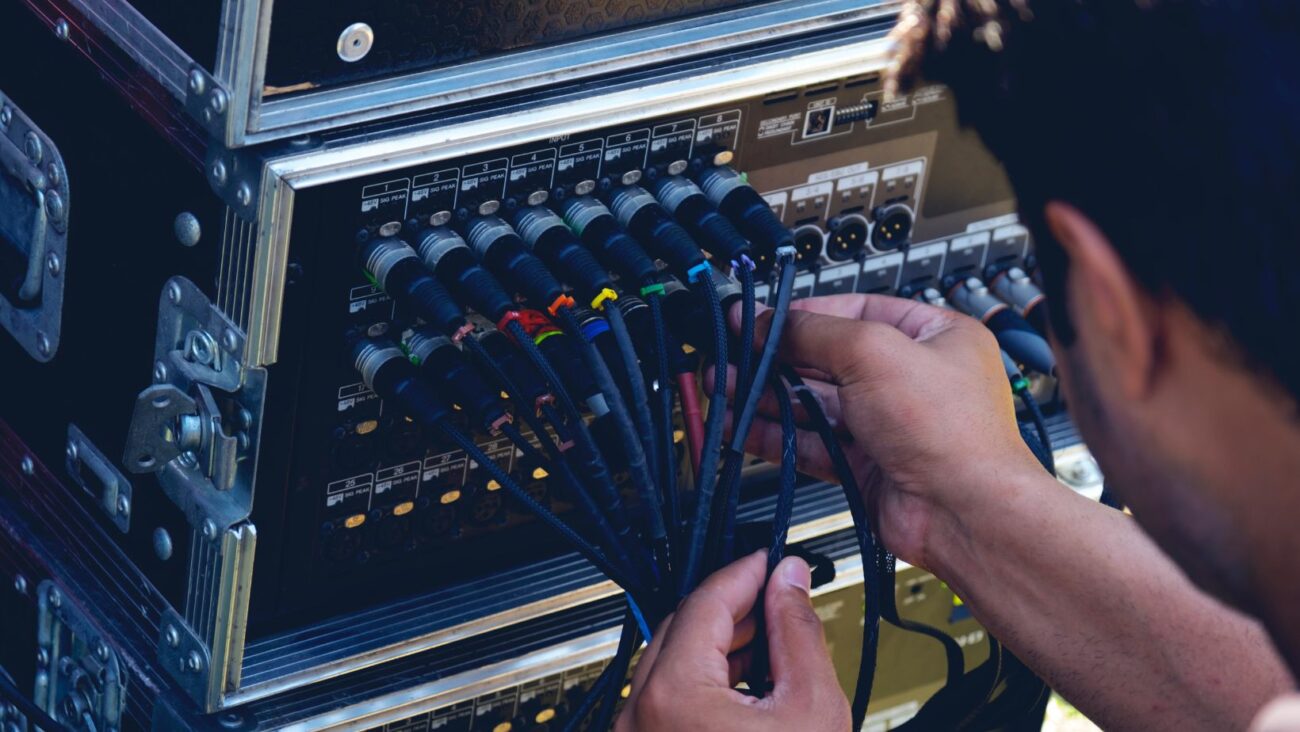How to Choose: Balanced versus Unbalanced Audio
The world of audio can be intimidating and overwhelming. With so many options, knowing what’s right for your needs can be hard. You will have to choose balanced versus unbalanced audio cables or connections – but how do you choose which one? To help make the decision easier, in this blog post, we’ll explore the differences between a balanced and an unbalanced audio connection and give some tips on what to consider when selecting either option. Read on as we look at all aspects of balancing your sound!
What is an unbalanced audio cable?
An unbalanced audio cable is a type of cable that is used to connect audio equipment. The cable consists of two conductors, a positive conductor and a negative conductor, surrounded by an insulating material. The positive conductor carries the signal, while the negative conductor helps to cancel out any noise that may be present.
What is a balanced audio cable?
A balanced audio cable is a type of cable that is used to connect audio equipment. The cable consists of three conductors, a positive conductor, a negative conductor, and a ground conductor. The positive and negative conductors carry the signal, while the ground conductor helps to cancel out any noise that may be present.
How do I choose between an unbalanced and a balanced audio cable?
There are a few things to consider when choosing between an unbalanced and a balanced audio cable. First, you must determine if your equipment has balanced or unbalanced inputs and outputs. You can choose either type of cable if your equipment has both. However, if your equipment only has one or the other, you will need to use the corresponding cable type. Second, you need to consider the length of the cable you need. Balanced cables are typically used for longer runs, while unbalanced cables are typically used for shorter runs. Finally, you need to consider the price of the cables. Unbalanced cables are typically less expensive than balanced cables.
What are some advantages of using an unbalanced audio cable?
Some advantages of using an unbalanced audio cable include: they are typically less expensive than balanced cables, they are typically lighter in weight than balanced cables, and they typically require less power to operate than balanced cables.
What are some advantages of using a balanced audio cable?
Some advantages of using a balanced audio cable include: they provide better protection against noise; they can be used for longer runs without losing signal quality, and they can carry more power than unbalanced cables
So when you order your next audio cable, think about which aspects of the sound are most important to you and your setup. If you need a durable all-around performer, go with a balanced cable. An unbalanced connection may be better suited for you if you have a more specific application or use case. And as always, if you have any questions or need help finding the right product for your needs, our team at Coluber Cable is here to help. We’re just an email away and happy to offer expert advice on choosing the right cable for your situation – reach out today!









